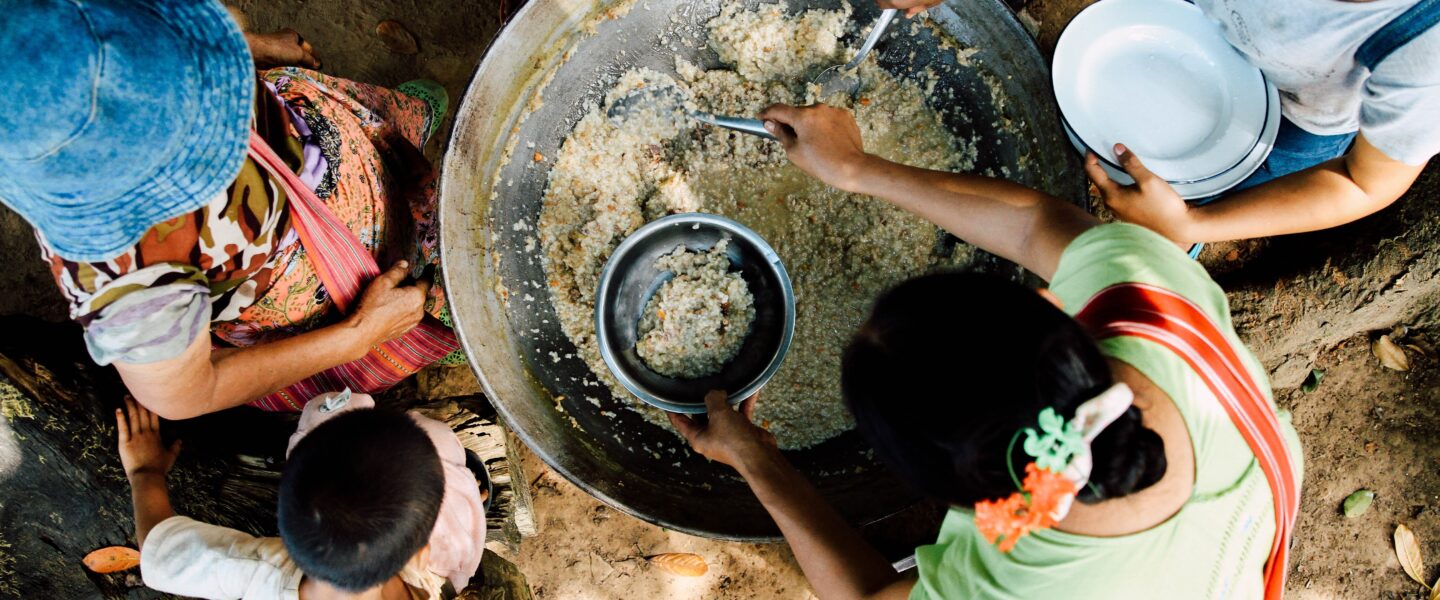(Photo by Isaiah Rustad on Unsplash )
by Blake Noyes
Freelance photographer
Focus Summary
A forum and a photo exhibition to highlight the plight of the Rohingya Muslims in Myanmar and around the world. From the historical and geographical contexts, to the social and cultural implications, we took a look at the crisis from a number of angles.
Key Insights
- The Rohingya are not just victims of a government-sponsored ethnic cleansing and genocide. They are survivors, fighters, teachers, brothers and sisters like us with senses of humor, work ethics, and respect for their families and communities. They are self-empowering, hospitable and driven people, but their statelessness and a general lack of research on the topic is a call to action to relieve them of this emergency.
- “We’re not so different, you and I.” I think that idea really resonated with a lot of people who saw the images from Bangladesh and Myanmar. Education and community development within Rakhine state should be prioritized.
Key take-outs from the ISHHR 2017 Conference (industry feedback, networking, peer presentations)
Shaun Nemorin has been a great mentor to me throughout this whole process, and he helped to guide our work so that we had an interesting and visually stimulating presentation, which people seemed to enjoy. I also received plenty of compliments on the photo gallery, and had offers to show my work in a variety of places in the near future: DIGNITY in Copenhagen, STARTTS in Sydney, Know How Centre in Novi Sad, and hopefully in London with Roghieh Dehghan Zaklaki.
Future goals — what’s next?
There is talk about taking my photo exhibition to a few locations in Europe and Australia to do some fundraising in support of the Rohingya crisis. My partner and I have fostered a relationship with a Rohingya woman who runs an NGO in Kuala Lumpur called the Rohingya Women Development Network, which provides refugees with opportunities in education and job training, among other projects.
Beyond that, I hope to continue telling stories of those without a voice, and to eventually return to Bangladesh and Myanmar.
How can local / national / international media better assist in bringing the vital issues discussed at ISHHR 2017 to light, and further encourage real, positive change and understanding?
First of all, there needs to be more coverage at all, across the board. The only time the Rohingya crisis gets serious air time is during severe violence and sudden, mass displacement of people, like now, and in 2012. So much of what we see in the news is dramatic and sensational, only the best or worst of something. People have short attention spans and most likely won’t identify with a family that just had their village burned to the ground, then the next news cycle will start.
Most of the world doesn’t know the Rohingya’s name, yet it’s probably the most serious humanitarian crisis at the moment, involving a planned, decades-long ethnic cleansing of a Muslim minority group, executed by the Myanmar government and army. And people should be made aware of the kind of power isolated governments have over their people. Second of all, the stigmatization of Muslims in the media, particularly in the USA, is an act that is no better or worse than the anti-Muslim rhetoric and propaganda coming from the highest offices of the Myanmar government.
On the ground level in Rakhine State, there needs to be an emphasis on community development and projects that can start to reintegrate the Rohingyas with the ethnic Rakhines. Tolerance and patience can go a long way. The media needs to help in strongly and consistently denouncing the Myanmar government and its army’s practices, and the anti-Muslim rhetoric coming from extremist Buddhists like Wirathu and his followers.

